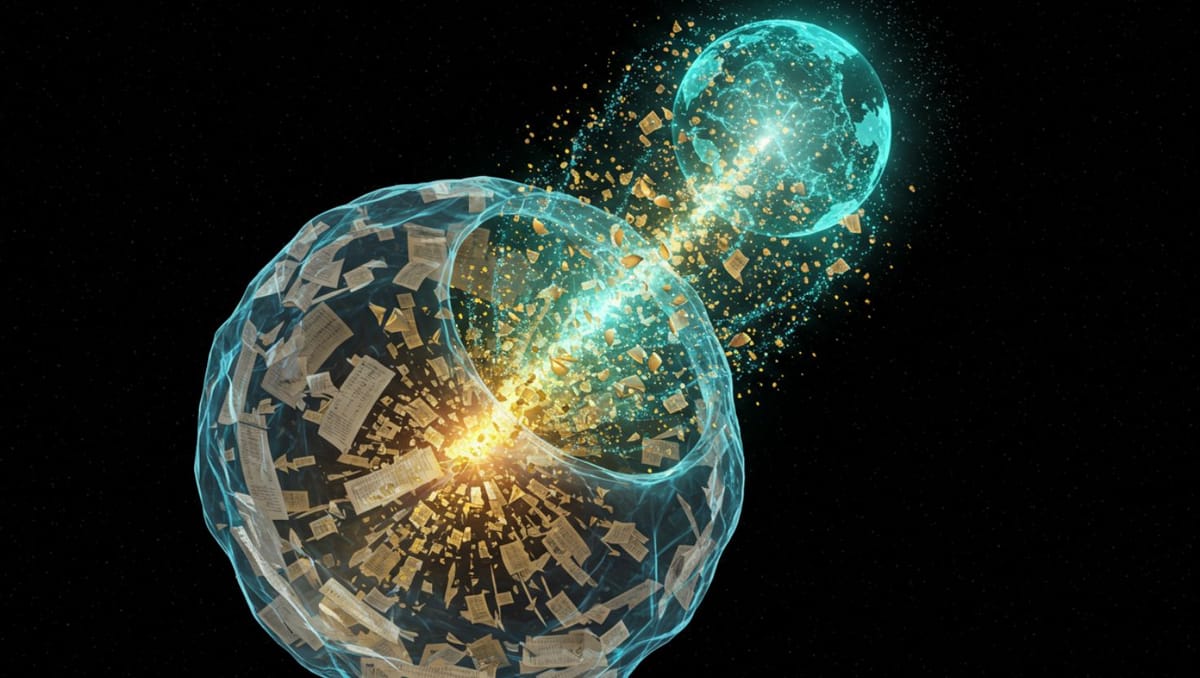Climate Data Revolution: AI Now Extracting Centuries of Hidden Weather Records

"A revolution is here," declares climate scientist Ed Hawkins about the unprecedented capability of Google's latest AI to extract billions of historical weather observations from paper records with near-perfect accuracy and at negligible cost.
End of Miles reports that this development could transform climate research by adding vast quantities of previously inaccessible data to global weather models.
Pennies for Petabytes of Climate History
The climate research community has been waiting years for AI to reach this capability threshold. Now, Google Gemini v2.5-pro-experimental has demonstrated the ability to extract structured data from both typeset tables and handwritten records dating back to the 19th century.
"We have been patiently waiting for AI to provide the tools to extract the observations from such images. And I think we're nearly there." Ed Hawkins, Climate Scientist
The economics are staggering. Hawkins revealed that processing 144 tables of hourly pressure observations from 1901-1903 cost approximately 10 pence. This represents a cost reduction of several orders of magnitude compared to traditional human transcription methods.
From Victorian Handwriting to Digital Data
Perhaps more impressive is the AI's ability to handle handwritten records. When presented with a climatological returns sheet from the Shetland Islands dated 1859, Gemini extracted barometer readings with only minimal errors.
"It is spot-on apart from that. No hallucination." Hawkins
The Oxford-based researcher demonstrated the AI's capabilities on multiple historical formats, showing that it can process complex typeset tables and challenging Victorian handwriting with similar levels of accuracy.
Why This Matters for Climate Science
The significance extends far beyond mere data collection. According to the climate expert, there are "billions of historical weather observations worldwide" currently trapped in paper records or scanned images. These observations, once digitized, could dramatically enhance our understanding of historical weather patterns.
"This data is almost usable for assimilation into a reanalysis as is." Hawkins
Climate reanalysis projects, which combine past observations with modern weather models to create comprehensive historical climate datasets, have been limited by the scarcity of pre-digital era data. The AI breakthrough could fill critical gaps in our understanding of climate history.
While some quality control challenges remain—the scientist noted occasional misplaced decimal points and other minor errors—the technology appears to be crossing a critical threshold where automated extraction becomes viable at scale.
The weather data specialist sees this as just the beginning, suggesting that with further refinement of quality control processes, the climate research community will "soon be able to rescue historical weather observations data much more efficiently and quickly."
For climate scientists who have spent decades painstakingly digitizing historical records by hand, Gemini's capabilities represent not just an incremental improvement but a fundamental shift in what's possible for historical climate data recovery.




